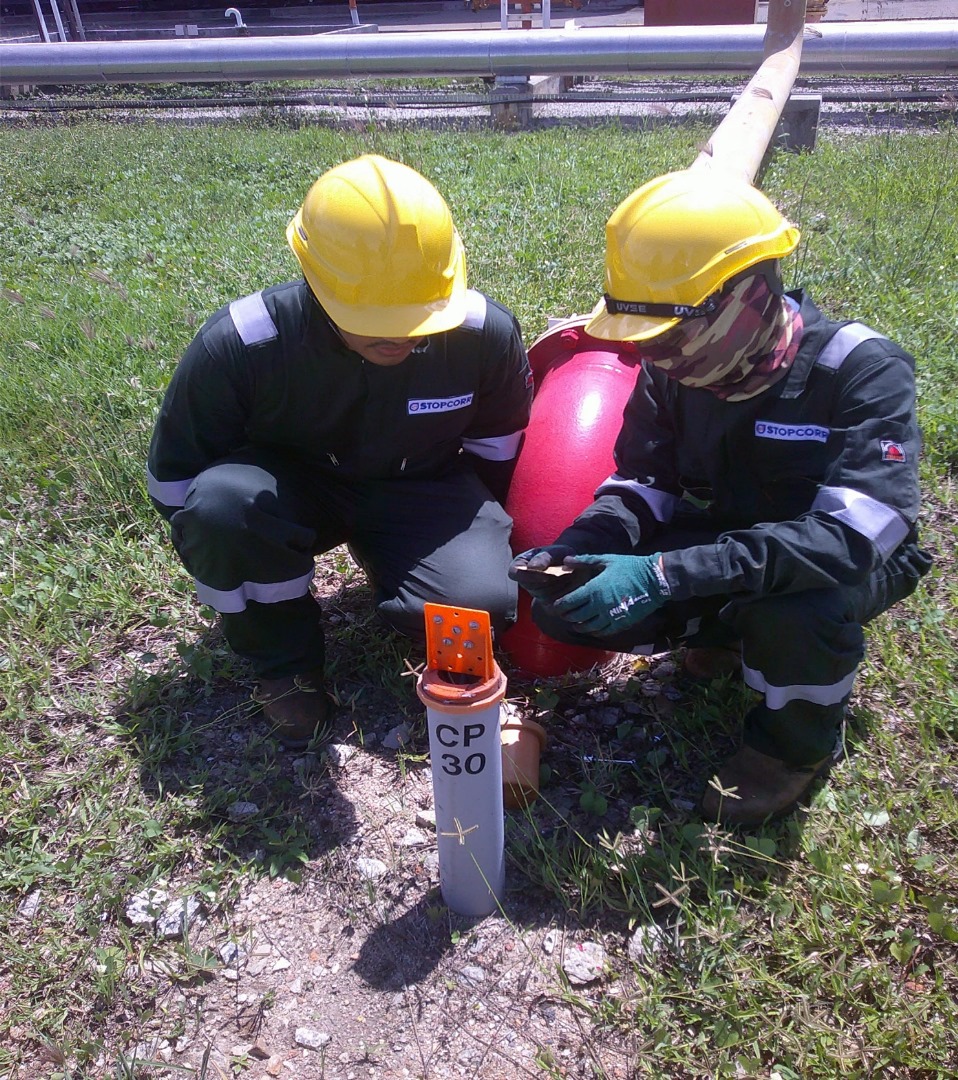Underground Cathodic Protection Survey
Underground cathodic protection survey is a critical process used to assess and maintain the integrity of underground metal structures, such as pipelines, storage tanks, and buried cables. Monitoring of underground cathodic protection systems typically involves land-based inspections. Electrical potential measurements, soil resistivity testing, and visual inspections of exposed portions of the structure are conducted to evaluate system performance and identify maintenance needs.
In underground environments, sacrificial anodes (similar materials as underwater) or impressed current systems are buried alongside the metallic structure. Sacrificial anodes work similarly by corroding sacrificially, while impressed current systems rely on an external power source to provide protective current.

